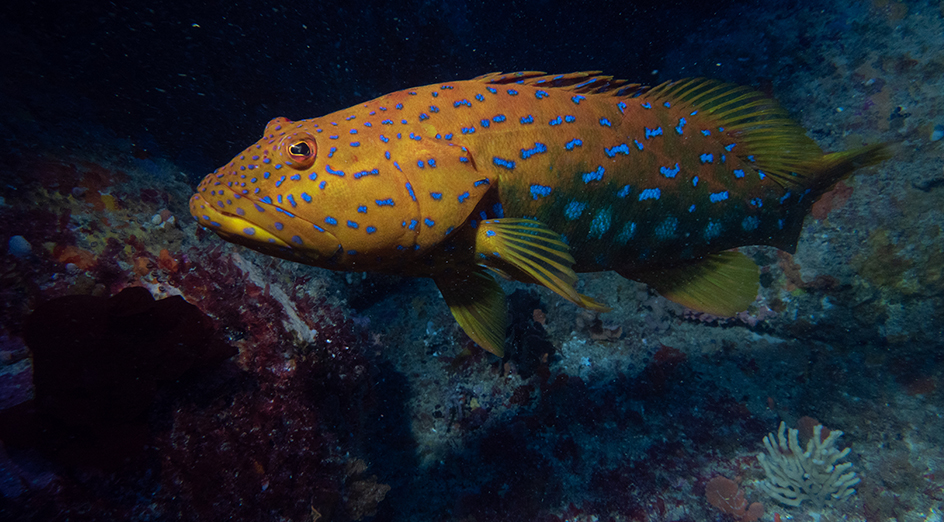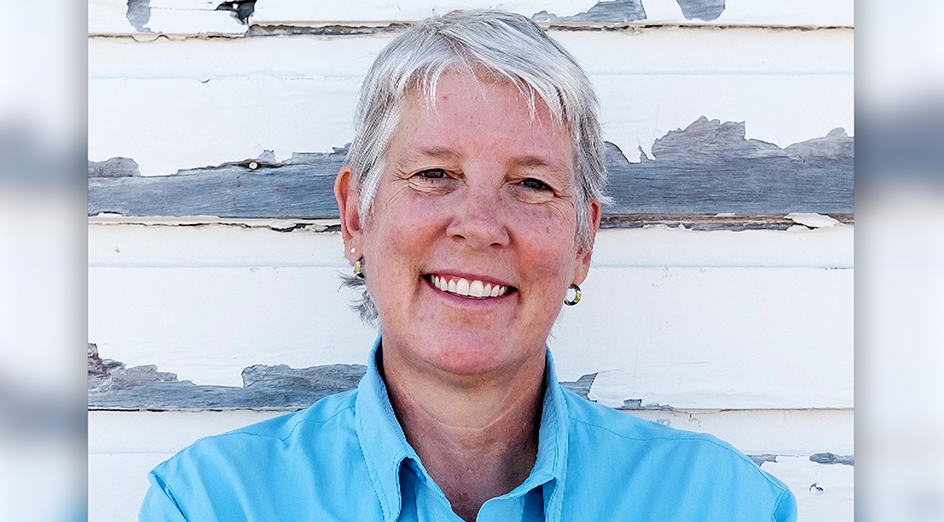This article by Professor Jessica Meeuwig from UWA's School of Biological Sciences originally appeared in The West Australian on 12 June 2024.
Thirty-four of Australia's most senior marine scientists — with about seven centuries of ocean research among us — have co-signed a submission urging the Cook Government to listen to the science as it finalises plans for the South Coast Marine Park. And the science very clearly says stronger marine protection is needed.
When we build bridges, we listen to engineers. To maintain our health, we seek direction from medical professionals. Indeed, when COVID hit, epidemiologists and virologists were suddenly some of the most sought-after people around. That's because they have specialist knowledge that matters to our wellbeing, just as marine scientists are specialists in ocean health.
The South Coast Marine Park, stretching from Bremer Bay to the South Australian border, is a once-in-a-generation opportunity to halt and reverse declines in what is a globally significant natural asset. The park is located on the Great Southern Reef, a system that stretches along Australia's southern coast and which has more unique species than the Great Barrier Reef. The Great Southern Reef is estimated to contribute $10 billion annually to Australia's economy — a value which can be maintained only with healthy, vibrant ecosystems.
Many of the fish found in the South Coast Marine Park are unique to southwestern Australia such as the dhufish, the blue groper, and the harlequin fish. This means we must ensure healthy populations here, in WA, as there is no plan B for these species. Yet where these animals were once common, they are now rare, with fishers travelling further, and fishing deeper, to catch them. Key to protecting these economic and biodiversity values is creating and maintaining a highly protected marine park that covers their habitats.

Image: The striking large and colourful Harlequin fish. Credit, Stefan Andrews at Ocean Imaging
Marine parks typically have areas zoned for many types of activities, including recreational fishing and commercial fishing. But the engine rooms of a marine park are the highly protected areas known as marine sanctuaries, which are free from extractive activities such as fishing and mining.
Five decades of research, here and overseas, have demonstrated that marine parks with strong sanctuary protection deliver large benefits. They build our marine environment's resilience to the challenges of ocean warming. They lead to more fish and bigger fish. Scores of studies have shown that the increased fish spill over from marine sanctuaries boosts recreational catches and fishing incomes in adjacent waters, relative to areas without sanctuaries, or which are only partially protected. Research has also demonstrated the significant economic value of highly protected marine parks to ecotourism. Just look at Ningaloo and the Great Barrier Reef.
To be effective, at least 30 per cent of the marine park should be included in sanctuaries. The South Coast Marine Park plan falls short of this internationally recognised minimum. On top of that, much of the proposed sanctuary protection is out of sight and out of mind, towards the SA border. This leaves the areas close to people, that are most in need of rebuilding, short on protection. Our nearshore waters, once populated by an abundance of fish, are significantly depleted and this area is again in critical need of protection. It is worrying that the Government is considering removing protection in any nearshore waters.
Marine parks typically have areas zoned for many types of activities, including recreational fishing and commercial fishing. But the engine rooms of a marine park are the highly protected areas known as marine sanctuaries, which are free from extractive activities such as fishing and mining.
Five decades of research, here and overseas, have demonstrated that marine parks with strong sanctuary protection deliver large benefits. They build our marine environment's resilience to the challenges of ocean warming. They lead to more fish and bigger fish. Scores of studies have shown that the increased fish spill over from marine sanctuaries boosts recreational catches and fishing incomes in adjacent waters, relative to areas without sanctuaries, or which are only partially protected. Research has also demonstrated the significant economic value of highly protected marine parks to ecotourism. Just look at Ningaloo and the Great Barrier Reef.

Image: Wen Family Chair in Conservation at UWA Professor Jessica Meeuwig.
To be effective, at least 30 per cent of the marine park should be included in sanctuaries. The South Coast Marine Park plan falls short of this internationally recognised minimum. On top of that, much of the proposed sanctuary protection is out of sight and out of mind, towards the SA border. This leaves the areas close to people, that are most in need of rebuilding, short on protection. Our nearshore waters, once populated by an abundance of fish, are significantly depleted and this area is again in critical need of protection. It is worrying that the Government is considering removing protection in any nearshore waters.
The Government has acknowledged the importance of south coast waters to endangered wildlife such as the southern right whale and the Australian sea lion. Yet effective protection for these animals in the South Coast Marine Park plan is absent. Southern right whales use parts of the proposed park as a nursery area, yet the proposed whale conservation zone places no effective restrictions on vessel traffic and noise, a well-documented disturbance to resting and nursing whales. Moreover, the lack of meaningful restrictions on types of fishing gear that can be used when the whales are nursing will do little to reduce the risk of entanglement.
On June 16, public consultation on the marine park will close and the Cook Government will then decide on levels of protection within the park.
We have come together — Premier's Fellows, Australian Research Council Laureates, chairs in marine conservation, and researchers from universities across the country — to urge the WA Government to heed the science. Strong protection for our outstanding marine environment will reap ecological, social and economic rewards for all West Australians.
Professor Jessica Meeuwig is the Wen Family Chair in Conservation at the University of Western Australia and the co-ordinating signatory of the submission sent to the WA Government.
Photo credit for picture at the top of the page: Blue Groper by Stefan Andrews Ocean Imaging.






